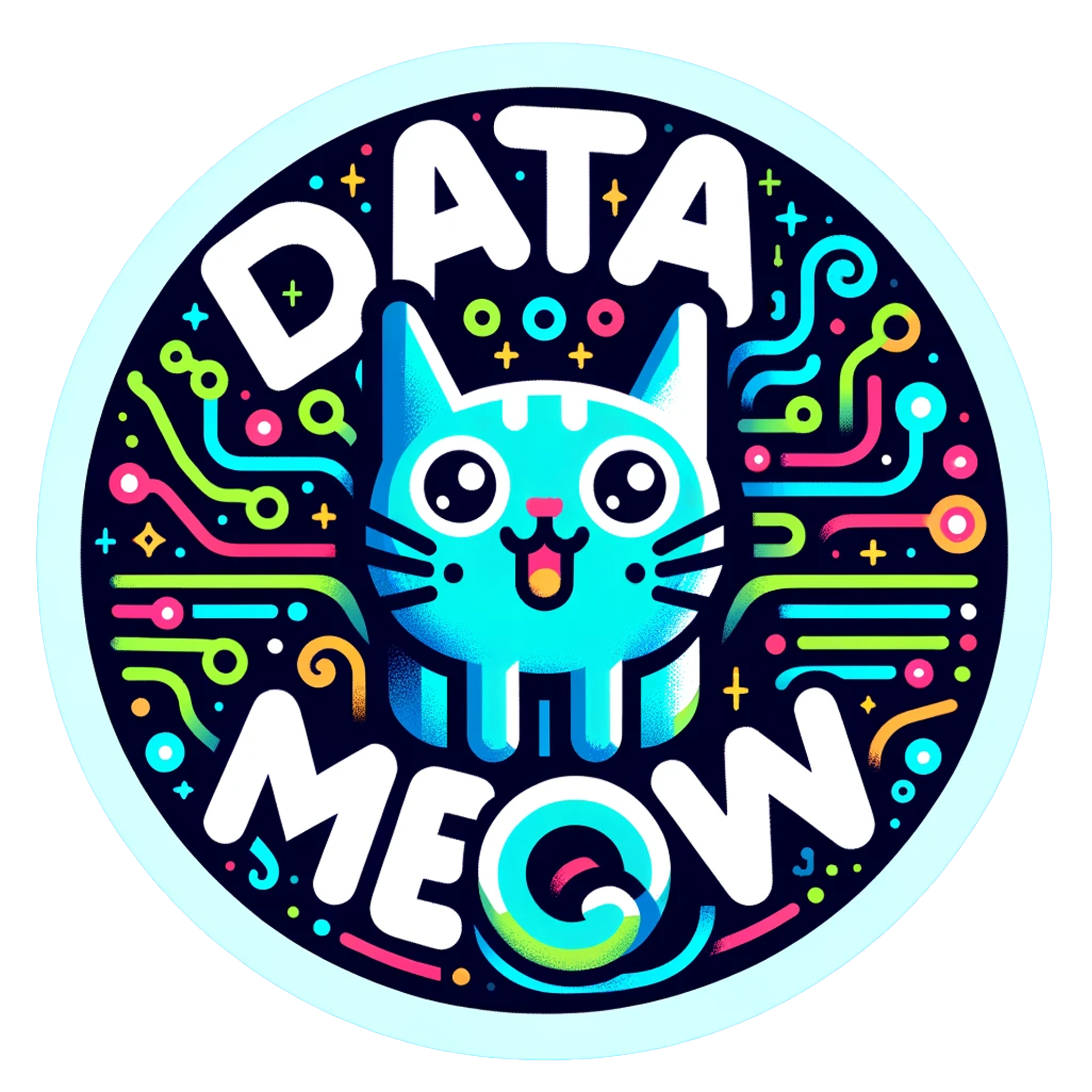Physical Address
304 North Cardinal St.
Dorchester Center, MA 02124

In the beginning, there were 4Ps. This is the house that Kaizen built or the Rising Sun. We in the industry need structure. We need it to build foresight in a blind world. We need it to replicate any past successes into future economies of scale. This structure is never sufficient to yield the results we need, so inevitably it becomes 7Ps then 4Es. So why not the 6Cs?
At this point, in order to capitalize on the knowledge economy and ring out all the advantages in a business model, it can be any number of Cs: content, cognition, capture, code, community, creativity, cordlessness and other words leading to Scrabble Champion. But for now, let us focus on the fundamentals as there is so much data and information out in the world, and it is critically important to be able to filter it to the benefit of the business objective.
I have studied many philosophers and many cats. The wisdom of cats is infinitely superior
Hippolyte Taine
Each cat capitalizes on its unique strengths and knowledge to survive and thrive independently. In organizations, individuals also contribute to success through their unique skills, creativity, and knowledge. While teamwork is important, recognizing and harnessing individual talents and allowing for independent innovation can lead to significant breakthroughs and personal achievements.
With proper and diligent management of the elements of the knowledge pyramid, you can leverage knowledge to increase the margins in your business in the new economy. You can use it to unlock, combine and balance individual brilliance and teamwork, or you can drown in it. And we all know how cats feel about water.



